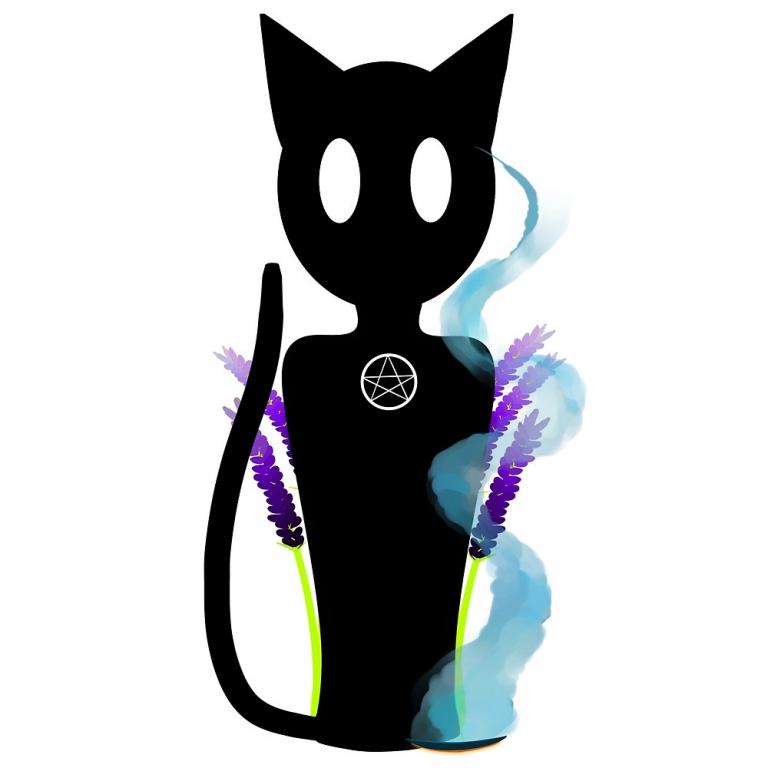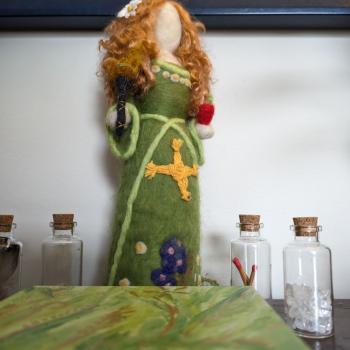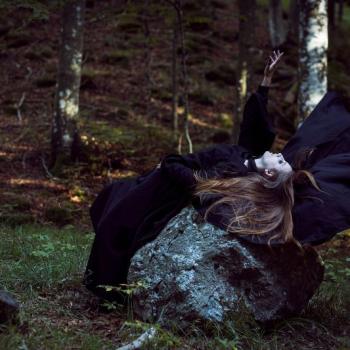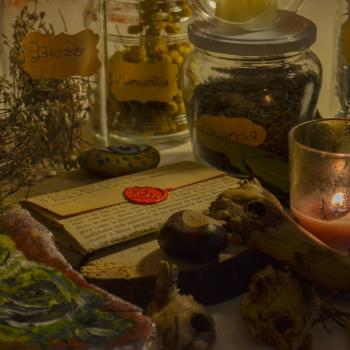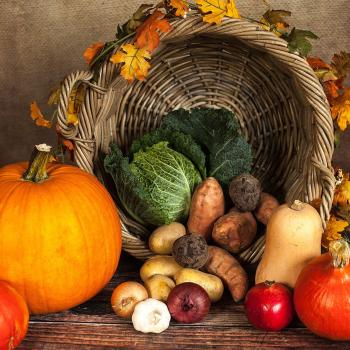Not long ago, a meme shared in our 3Paac Facebook group put forth the idea that the Tarot is a “closed practice.” An assumption that in my experience is false. Divination is ancient. The tools and techniques to perform this spiritual art comes in various forms (augury, runes, bone throwing, I-Ching, palm and tea leaf reading, etc) and are open to anyone with a desire to learn. However, a listener of 3 Pagans and a Cat felt upset and confused by this meme that seemed to limit the Tarot to “the select.” So, I have decided to take a quick look at the history and practice of this popular divination method.
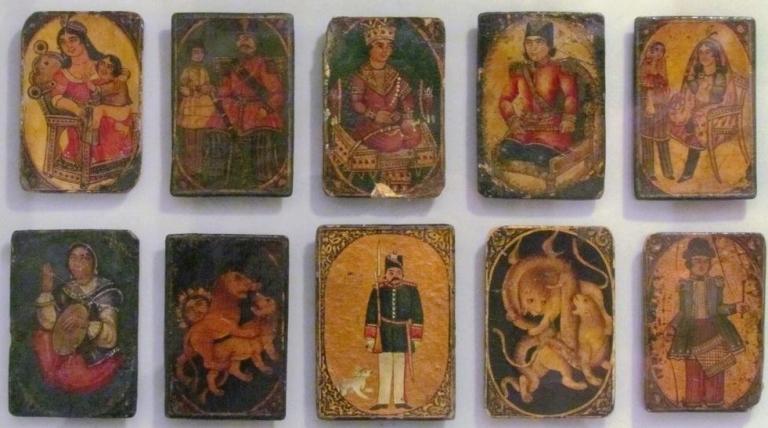
Playing Cards and Cartomancy: A VERY Brief History
Playing cards have a long history, with a possible origin as far back as China’s Tang dynasty in the 9th century C.E., with “the Leaf Game” and block prints as an early reference. Over time, games using printed, painted, or drawn images, making use of various styles and artwork, holding to similar features such as a number of “cards” in a deck or dividing “cards” into suits can be traced to Persia, Arabia, and Egypt.
Eventually, commerce with Egypt introduced a refined form of playing cards with associated games to Europe in the late 14-century. An annonymous writing from the time describes the cards in a similar format to what we know today. Four sets of suit cards and a set of court cards that include a king and queen figure.
In fact, one early set of cards included suits titled batons or clubs, coins, swords, and cups (still used in modern Italian, Spanish, and Portuguese cards) and is what transitioned during the late 18th-century into what we recognize as part of the Minor Arcana of Tarot today.
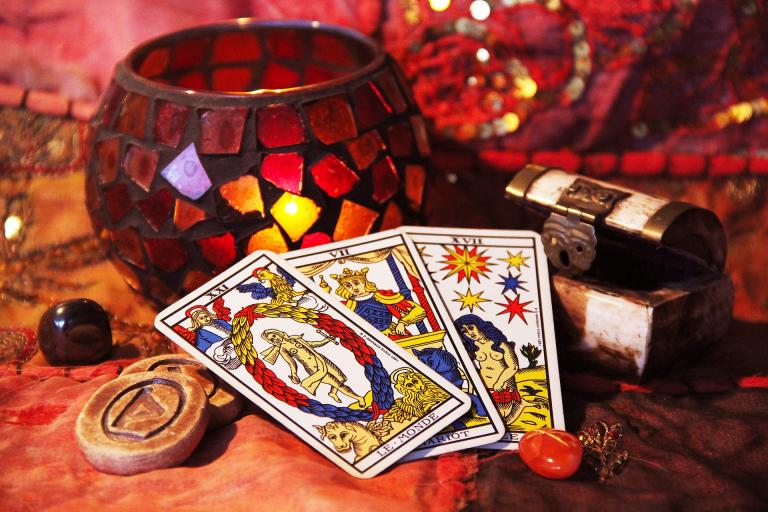
Tarot Came On The Scene
Known as “trionfi” (or “triumphs”), the earliest Tarot cards were part of an Italian game with allegorical meanings. Packs could vary in size and amount of cards. Working with playing cards as a form of divination didn’t become established until the 18th century with variable methods and styles available.
Some readers used a standard 52 card deck, while diviners in France preferred a “Piquet” deck stripped of certain cards. Piquet is one of the oldest card games that is still popular. And many people still used decks with more playing cards as a fortune-telling medium. Tarot cards didn’t really become a popular avenue of cartomancy until the 1780s.
On a side note, there are some who connect the origins of the Tarot with the mysteries of Isis and the Book of Thoth, the I-Ching, or other ancient occult philosophy. However, there is little other than anecdotal evidence to support these theories. The earliest evidence of Tarot as divination comes from a 1750’s document explaining the occult meanings of the Tarocco_Bolognese deck.
From there, Antoine Court and Jean-Baptiste Alliette popularized Tarot using the Tarot of Marseilles. Alliette commissioned the first 78 cards set in 1789 which reflected his personal belief in a tarot connection to the Book of Thoth. Jean Baptiste-Pitoit coined the terms “Minor and Major Arcana” to describe the suit and trump cards, never used in tarot games. Over time, the number of cards and terminology became standard to modern divination Tarot decks.
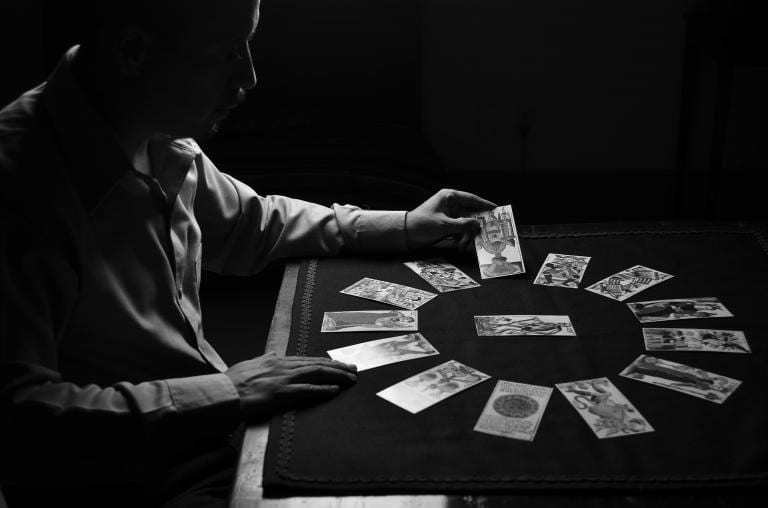
Tarot For The Masses
Based on its origin as first a game and then a popular divination tool (despite strenuous criticism from the Church), Tarot is a form of cartomancy open to all who feel drawn to learn. While there is still debate and suspicion over the practice (some think it’s “scary” or “of the devil”), people find wisdom, guidance, comfort, and challenge from Tarot.
Today, there are thousands of Tarot decks in all shapes and sizes (some classic, many whimsical, other’s more abstract) available on the market, making it the most accessible and popular of modern divination tools. People use tarot for future-telling, personal communication with spirit/deity, or to find guidance from their Higher Self. Many use a tarot card each day to focus on intention or in meditation. They are very useful in spellcraft. And some folks just think the art is pretty. Which it is. Tarot decks have become a collectible.
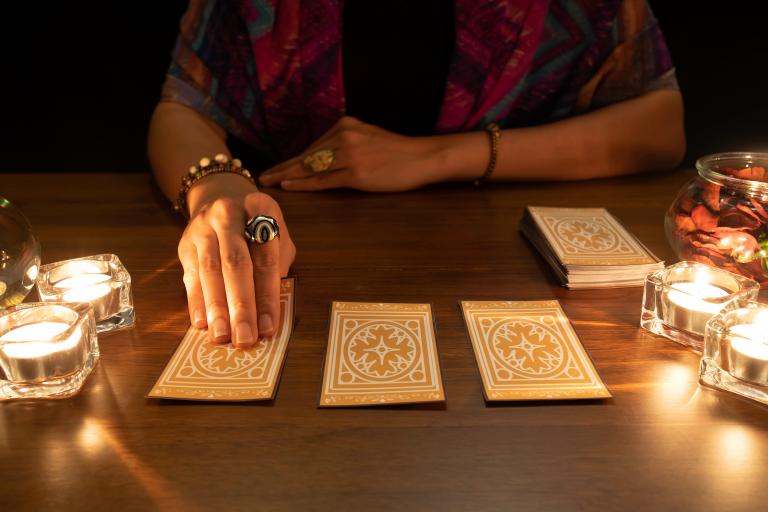
Where To Start?
Years ago, I began learning the Tarot and spent a long time searching for a deck that “spoke” to me. Then I found it! Different from the standard and beautiful. And then had the hardest time learning how to work with it. So, I put it on the back burner.
Why? I didn’t have a foundation in the basics to even try a deck that used different suits, for one thing. So, I got myself an “easy” deck that used Rider-Waite for inspiration, and then once I understood the imagery and Arcanas, began to trust my intuition and “listen” and communicate with the cards. I found and adapted a less structured tarot spread that made sense to me. This has allowed me to incorporate other less traditional decks into my Tarot practice.
But that was me. Others may need to stick with defined meanings and known spread patterns and that’s okay. Tarot is a conversation between the reader and the cards. A language that has to be interpreted within the context of each reading. Or at least that’s how it works for me. But what do I advise for others who are new to this form of divination or are struggling?
- You can take online and in-person instruction on how to practice this form of divination. Those can be great for the basics of how to read the Tarot.
- There are instruction books galore and that doesn’t count the ones that come with a deck in a deluxe set. Find one that offers a method of learning that resonates with you.
- Get a Tarot reading. Watch how the reader works with their cards. Listen to what they are saying. Let them know you wish to learn and ask questions but please be willing to compensate them for the time given above and beyond the standard reading. Speaking as a professional reader, tips are always a lovely surprise.
- Tarot is a practice and spiritual art. Take your time. What are the cards saying to you in the spread? A good suggestion is to keep a notebook with thoughts or feelings about each card as you learn them.
- Work with a classic Tarot set (I recommend Easy Tarot) before branching off into the more fanciful or abstract cards. Have a baseline to which you can refer as you add other decks.
- Ignore anyone who says the Tarot can only be done for one purpose or in a specific way.
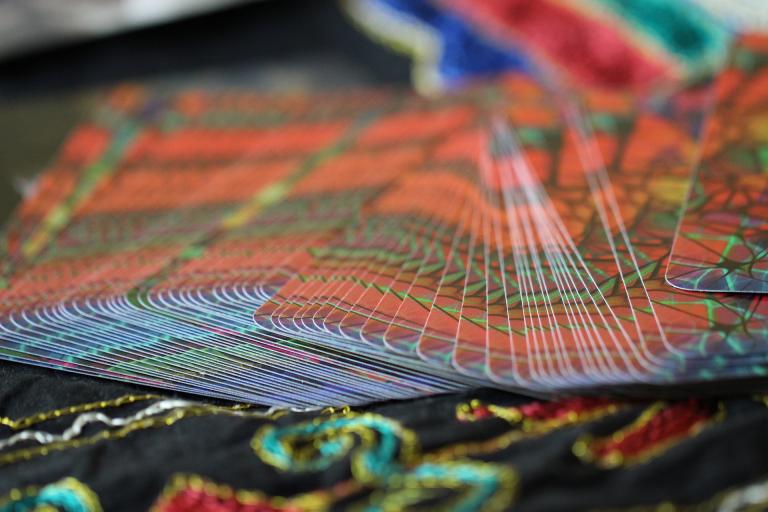
Skilled Black Divination Providers
In recent weeks, we have all been watching, participating in, or talking about the Black Lives Matters protests that have swept the nation. My family and I have shared a couple of podcasts in regard to the problem of police violence, and racism in our country. This is one way I can support my friends and other Magickal Practitioners/Diviners of color. Please visit the links below:
Black Tarot Readers, Psychics, and Astrologers: A Resource Guide

